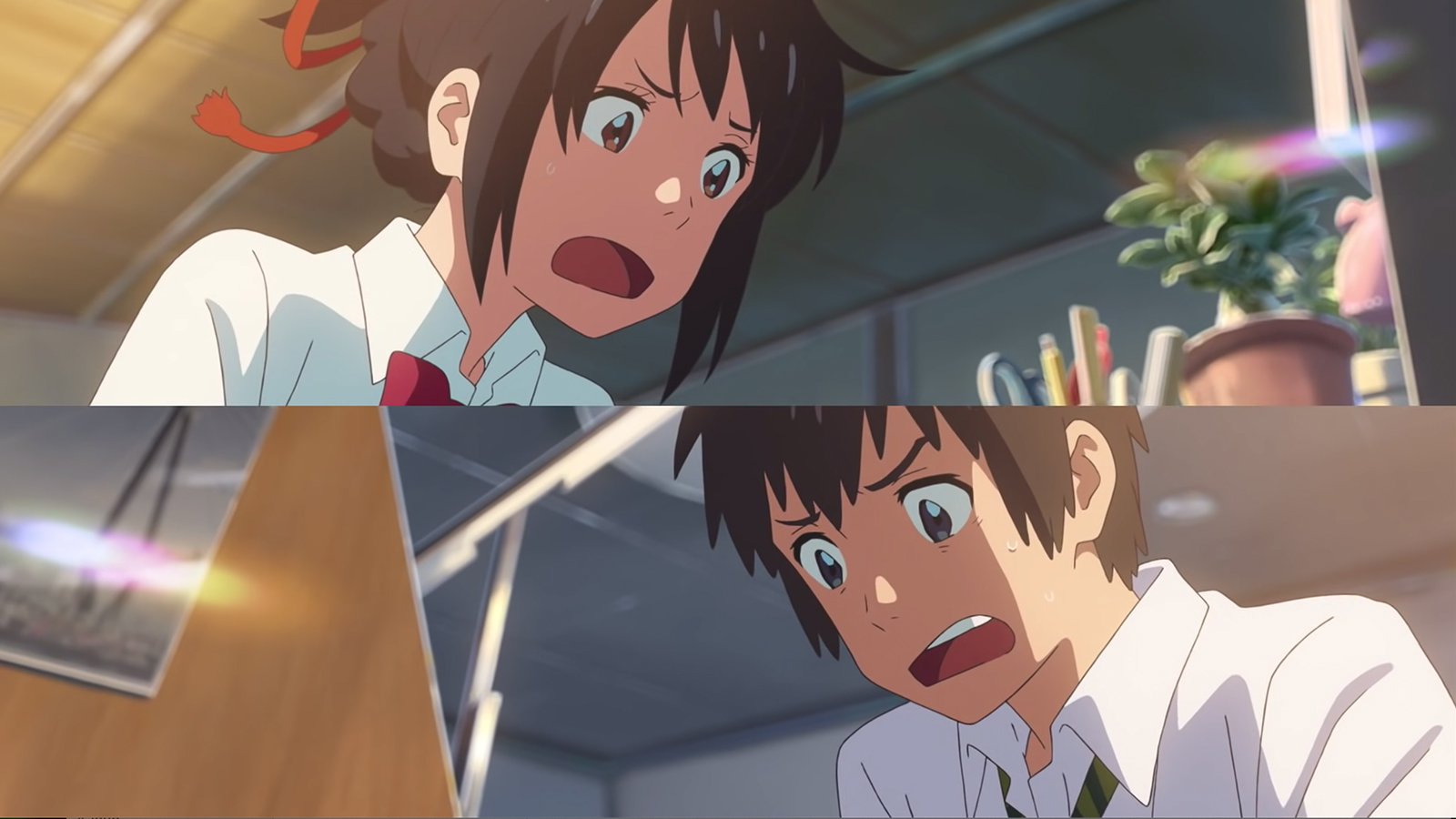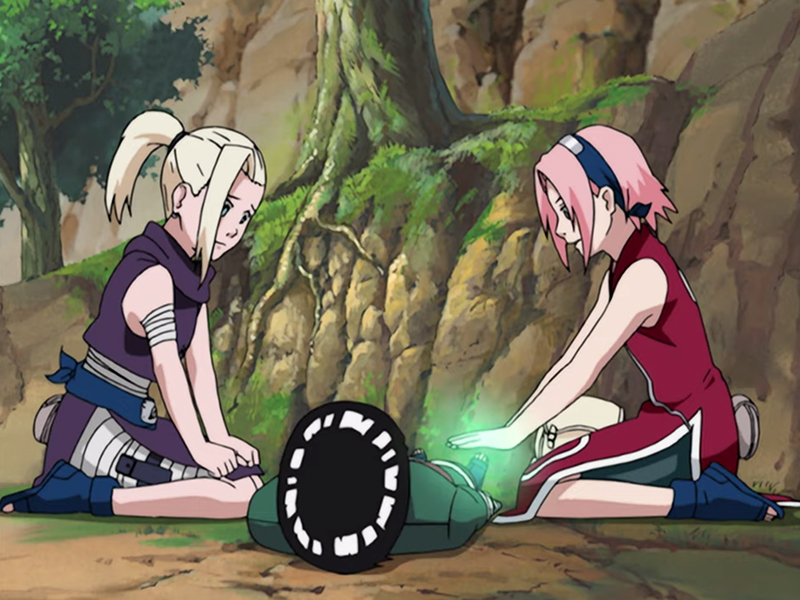
(RNS) — Shinto rituals in “Your Name.” Daoist sorcery in “Cardcaptor Sakura.” Chakras in “Naruto.” And oh, that one time Moses parted the Red Sea with a Beyblade in “Beyblade: Metal Fusion.”
Japanese spirituality inspires and permeates much of the manga, anime and video games that have exploded in popularity among Gen Z and millennial Americans, part of a massive boom in the popularity of East Asian media in recent years.
Gen Z, known for their “borderless” embrace of artistic content from other countries and cultures they encounter online, have flocked to anime in droves. Springtide Research Institute, where Josh serves as executive director, has been tracking this phenomenon when it comes to Gen Zers’ growing enthusiasm for a variety of unconventional spiritual pathways — what Springtide calls “faith unbundled.”
As a case in point, Springtide’s 2022 “State of Religion & Young People” revealed that more young people feel connected to their natural environment (88%) than a higher power (72%), something Kaitlyn sees a lot in responses to anime and Shinto, especially Studio Ghibli films. A year ago, Springtide discovered 51% of Gen Zers engage with tarot cards or fortune-telling and 58% engage in acts of protest as “religious or spiritual practices.”
Now, anime is quickly becoming another spiritual resource for Gen Z, a generation in which 68% say they are religious and 77% say they are spiritual (including 60% of atheists, agnostics and nones), yet only 42% attend religious services more than once a month.

A scene from “Your Name.” Screen grab
Where spirituality shows up in anime
As an expert on Japanese religion and globalization, Kaitlyn studies the growth of interest in Japanese spirituality on social media. In talking with Gen Z and millennials in North America who practice a Japanese religion called Shinto, she discovered they often first encounter Shinto through anime.
Different aspects of Shinto as portrayed in anime catch people’s attention. It could be the beautiful and mysterious choreography of a ritual, like the dance of the fire god performed in “Demon Slayer.” Or the awe-inspiring quality of nature and the kami (Shinto gods) who reside there, like the Great Forest Spirit in “Princess Mononoke.” Or it could be an emphasis on positive values such as harmony, connection, gratitude and sincerity, as seen in “Your Name” and “Spirited Away.”
But Shinto is far from the only religion found in anime. In any given episode, viewers may catch a glimpse of Buddhist temples, encounter Hindu deities, learn gnostic philosophy or witness a Catholic exorcism. One playful and popular title is “Saint Young Men” (2012), an animated film adapted from an ongoing manga (or comic) of the same name, in which Jesus and the Buddha are roommates on holiday in present-day Japan, and hijinks ensue.
Watching anime can lead to spiritual practice or even become a kind of ritual on its own.
In his book “Drawing on Tradition: Manga, Anime and Religion in Contemporary Japan” (2012), University of Pennsylvania professor Jolyon Baraka Thomas notes how fans have been inspired to imitate a scene from Studio Ghibli’s “My Neighbor Totoro,” in which several fluffy nature spirits and two young girls perform a “prayer-dance to grow sprouts into a giant tree,” bringing an originally fictional ritual to life. And Kaitlyn’s research shows that some Shinto practitioners gravitate toward anime that prominently feature real-world Shinto shrines and rituals, participating in a sort of “virtual pilgrimage.”
Why anime is appealing to young people spiritually
Springtide’s insight into “faith unbundled” isn’t a foreign concept in Japan.
There is a common saying that people in Japan are “born Shinto, marry Christian and die Buddhist.” This maxim reflects the fact that people engage with different religious traditions in ways that may overlap and are not mutually exclusive, according to their needs. And if we look closely at the way people have approached religion historically and in the present, this is quite common around the world, even in the United States.

A scene from “Naruto.” Screen grab
Jin Kyu Park, a professor at Seoul Women’s College, finds that anime provides American fans with “cultural resource(s) out of which they create their own cultural and spiritual practice.” That is, the “spiritual seekers” he interviewed mentioned being “sick and tired” of organized religion and American popular culture. So they prefer to use select elements from foreign media such as anime that resonate with their interests and values to help build a new “spiritual bubble,” or personalized religious identity.
Similarly, Kaitlyn finds that thinking about religion and spirituality through the lens of anime and popular culture helps her students reflect on their own ideas about what “religion” means and what it means to be “religious.” It’s one of the reasons she created her award-winning education YouTube channel “Eat Pray Anime.”
How anime provides spiritual community for young people
Anime also helps young people connect and provides for spiritual community in new ways.
For example, Shinto priests in the United States often attend anime conventions to give lectures and perform rituals that attendees can participate in. Christian anime fans, like the Beneath the Tangles team, create content, including blog posts and podcasts, to create a “safe community” in which anime fans can reflect on and share the gospel. And the women of color behind Religiously Nerdy answer the question “Can Muslims watch anime?” through essays and podcasts.
If faith in recent decades has been unbundled, then we can see that anime provides resources for all kinds of “rebundling.” While anime’s form and content can influence spiritual practices and identity, shared interest in anime — that is, fandom — helps rebundle spiritual community by creating the potential for forging new kinds of connections and relationships.
Anime might seem to some like mindless cartoons with little substance, but it is chock full of undertones, symbols and explicit references to diverse religious and spiritual traditions that billions of people follow. On top of that, the genre is quickly ascending to become one of the most popular unconventional spaces where Gen Zers are stoking their interest in spiritual content and connectivity. For those hoping to engage Gen Z on spiritual topics and questions, consider using anime as a jumping-off point.
(Josh Packard is executive director of Springtide Research Institute. Kaitlyn Ugoretz is the founder of Eat Pray Anime, an ethnographer of religion, digital media and globalization and a PhD candidate in the department of East Asian languages and cultural studies at UC Santa Barbara. The views expressed in this commentary do not necessarily reflect those of Religion News Service.)
